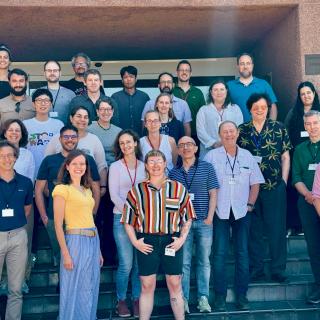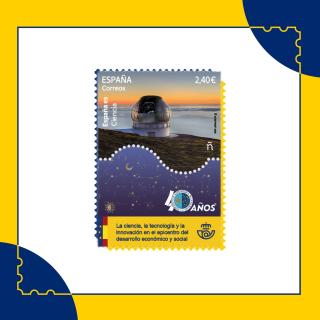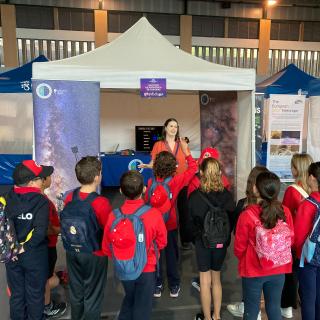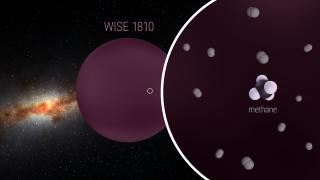
Understanding the magnetic field in the corona is key for explaining the fascinating physical processes occurring there. However, the extreme conditions in the outer solar atmosphere hamper the possibility of acquiring observations with enough quality to infer the coronal magnetic field. Analyzing observations of overdensities of cold plasma supported by coronal magnetic fields, including filaments and prominences, allows us to understand such magnetic fields and their interaction with plasma. In this study, we have analyzed an active region prominence, a type of prominence that has barely
Advertised on




